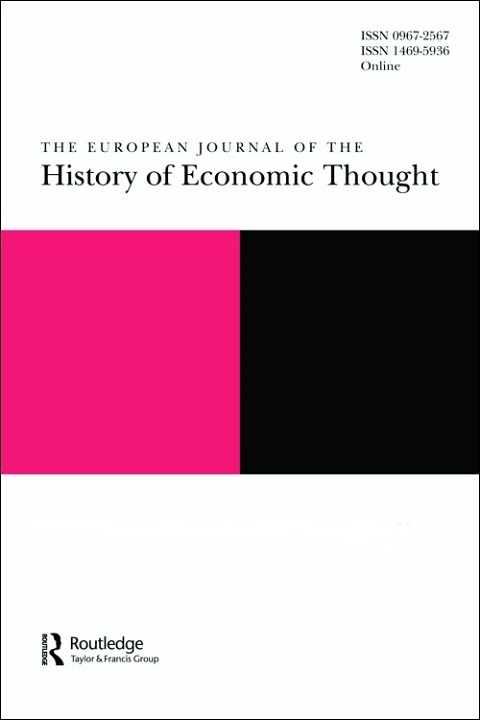
The European Journal of the History of Economic Thought
Volume 21, Issue 3, Jun 2014
Pages 448-466
- DOI: 10.1080/09672567.2012.683026
- Print ISSN: 0967-2567
- Online ISSN: 1469-5936
Beveridge's analysis of unemployment in 1909: the reserve of labour
Abstract
The aim of this paper is to provide a rational reconstruction of Beveridge's theory of unemployment published in 1909. First and foremost, it shows that his theory of unemployment is coherent – what Beveridge refers to as ‘the reserve of labour’ represents ‘unemployment’ as a whole; unemployment is due to the imperfection of the labour market and associated friction and the organisation of the labour market is necessary. Second, it suggests that as early as 1909, a negative relationship already existed between unemployment and job vacancies and that the segmentation of the labour market and imperfect information are key factors of friction. The first part of the paper provides a reconstruction of Beveridge's theory of the reserve of labour (1909) including causes and factors of unemployment and unemployment policies. The second part shows that certain founding principles of the ‘Beveridge curve’ (Beveridge 1944 [1953]) were already to be found in his 1909 book and that links can be established between Beveridge (1909), Phelps (1970) and Pissarides (2000).